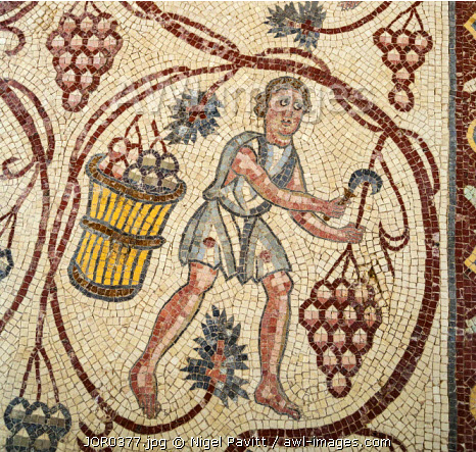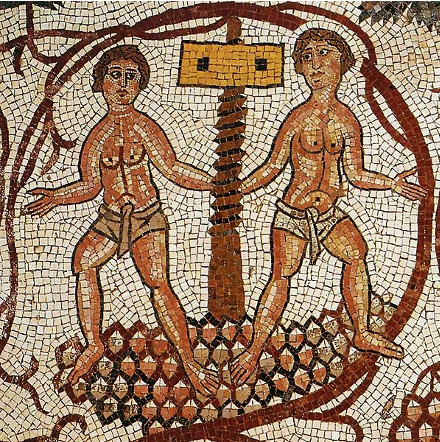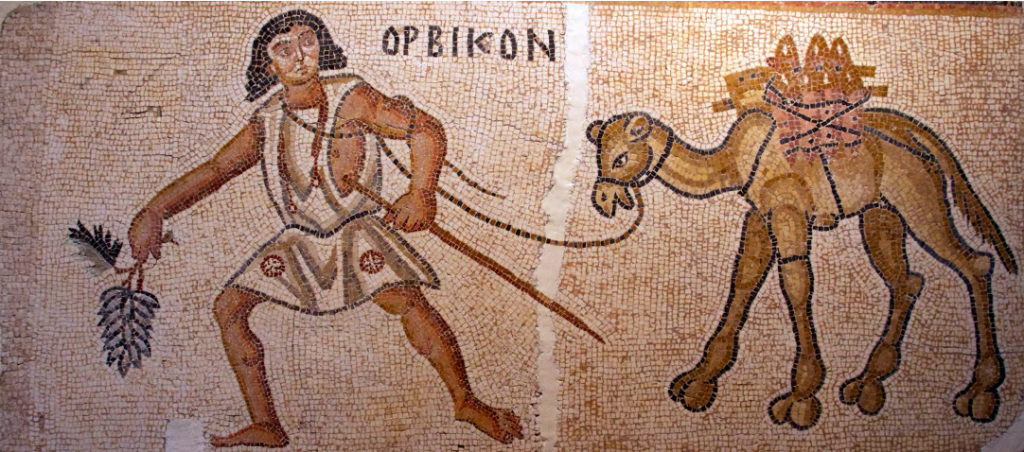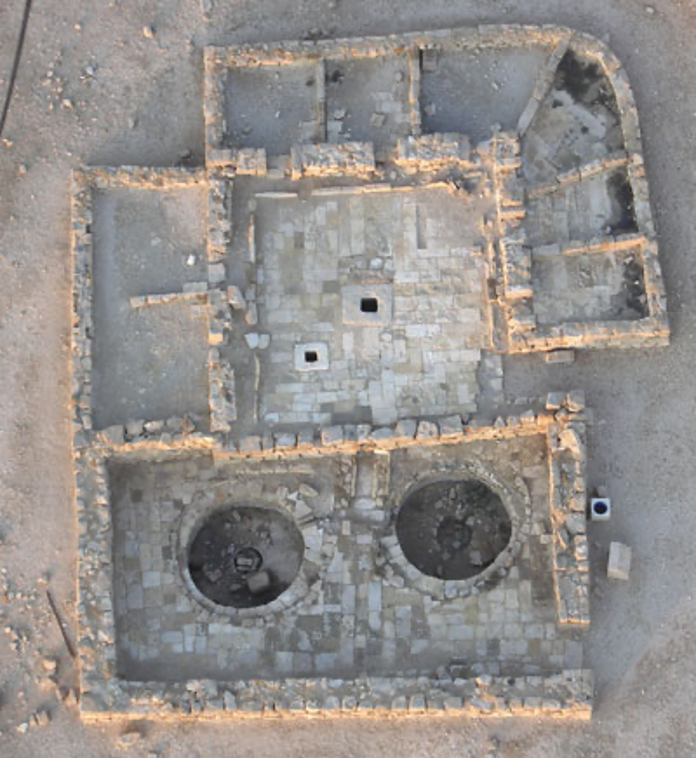
While environmental approaches to history are fast developing, scientific archaeology is able to isolate and analyze – ever more accurately – a growing number of indicators related to ancient climate and environment. Environmental proxies generate significant explanative power in the study of crucial processes in antiquity, including the rise and fall of societies, economies, and empires, and are therefore harnessed ever more frequently to relevant researches and debates. The process, however, demands extreme caution, as it often involves the intricate synthesis of several demanding fields, in all of which single scholars can hardly specialize on their own.




